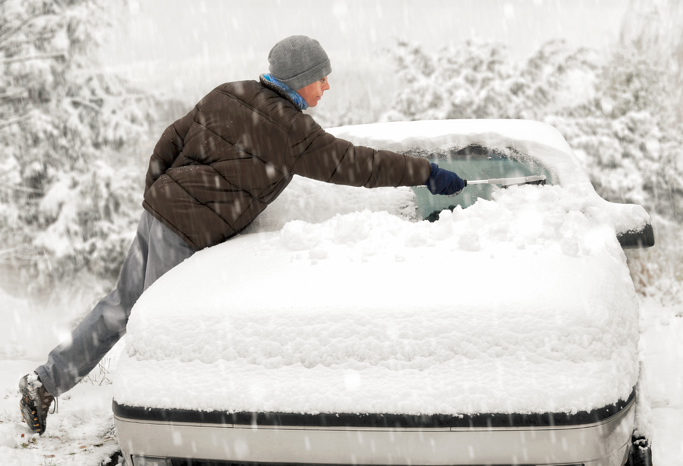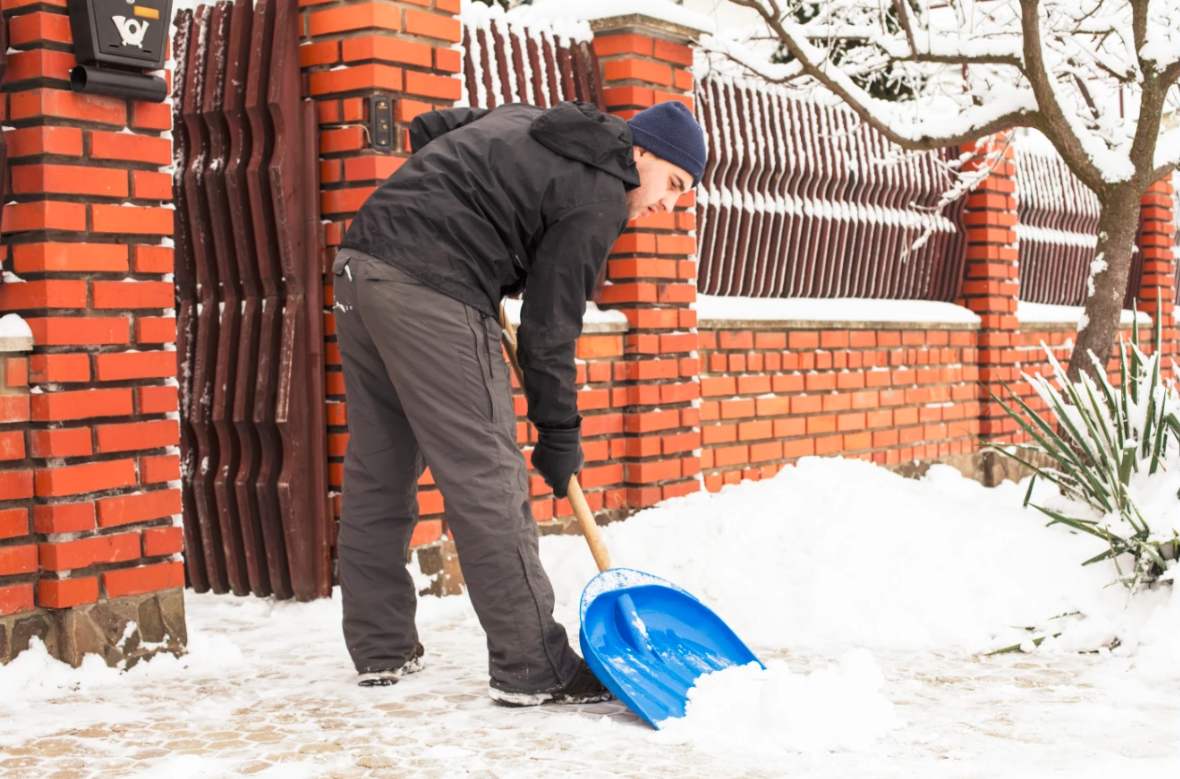
Driving on our nation's highways is challenging enough during the springtime, summer, and fall, but when winter arrives, the dangers of the road increase dramatically. Learning how to handle the snow and ice is crucial when you need to commute on a daily basis, so it is important to follow winter driving tips, such as the five given below, to best understand how to drive in snowy weather, and minimize the risks of your winter drive.
1. Use the Right Tires
One of the most important ways to keep yourself safe on a snowy road is to be sure your tires have sufficient tread and are fit for winter use. New tires generally start with treads about 10/32 of an inch (7.9 mm) deep, and good traction is maintained down to 6/32 or 5/32 inch (4.7 or 3.9 mm) - but not beyond. You can buy a tread depth tester or ask a tire shop to check the measurement for you. Also make sure you are using winter tires. Summer tires can harden so much that they lose all traction and slide right over the snow in sub-zero temperatures.
2. See and Be Seen
Visibility is as important as traction. Use your headlights as soon as it gets even a little bit dark outside, but don't blind other drivers with your brights. Make sure your wipers are in good condition, and fill up with plenty of deicing fluid. Also carry an emergency can of deicer and an ice scraper in the car. Finally, run your defrost before you begin your commute, and have a dry rag on hand to wipe any lingering condensation off the edges of your windshield.
3. Slow Down and Manage the Hills
You should never drive over 45 mph on an icy road, and it is best to go even slower. If you accidentally get going too fast and need to slow down, never slam down suddenly on the breaks. Instead, pump them so you decelerate gradually. Furthermore, keep a distance of at least four seconds between you and the next driver instead of the three-second, non-winter following distance.
When you approach a hill, come at it with enough momentum to carry you to the crest without pressing down hard on the gas. Once you reach the top of the hill, be sure to reduce your speed on the descent. Note that the worst thing you can do is to stop mid-hill and start from a stand-still since that would likely lead to a tedious ascent with wheels slipping and spinning all the way up.
4. Make Your Car a Safe Place to Be
General car safety measures become even more important in extreme winter weather. Be sure to keep a half tank of gas or more to prevent gas-line freeze-up. Check that your exhaust pipe is not clogged with snow, ice, or mud since carbon monoxide poisoning could result. Inspect your car from top to bottom to make sure it is not a danger to yourself or other drivers.
5. Make It Easy to Get To/From Your Vehicle
You don't want to drive carefully all the way home from work only to slip on your own driveway. If you have a heated driveway, don't forget to turn it on. Do not neglect your other snow removal methods. Consider investing in effective and efficient, heated floor mats to ease the walk from your car door to your front entryway.
There are numerous ways to make your winter commute safer. We have mentioned five: tire traction, high visibility, safe driving speed and braking, general car safety practices, and a snow-free entry path. Putting these winter driving tips into practice will greatly reduce the risks of winter travel.


